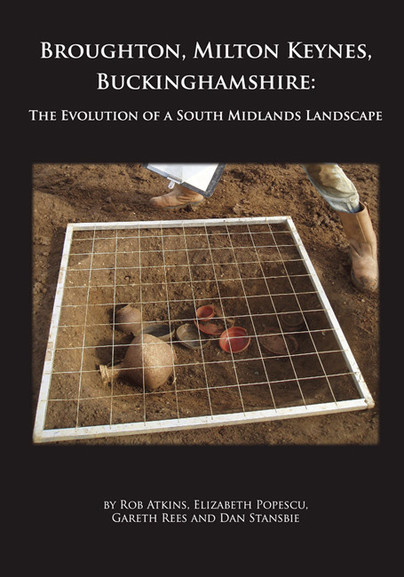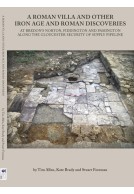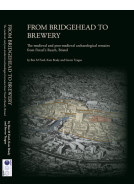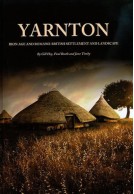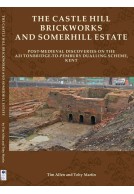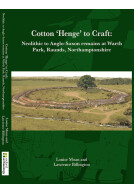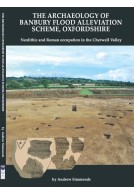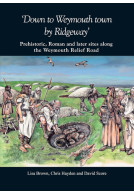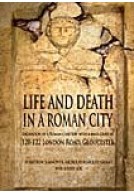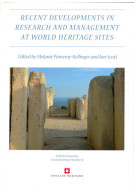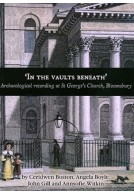Google Books previews are unavailable because you have chosen to turn off third party cookies for enhanced content. Visit our cookies page to review your cookie settings.
Broughton, Milton Keynes, Buckinghamshire (Hardback)
Imprint: Oxford Archaeology
Series: Oxford Archaeology Monograph
Pages: 486
ISBN: 9781907588068
Published: 7th July 2014
Script Academic & Professional
Series: Oxford Archaeology Monograph
Pages: 486
ISBN: 9781907588068
Published: 7th July 2014
Script Academic & Professional
Usually available in 6-8 weeks.
You'll be £30.00 closer to your next £10.00 credit when you purchase Broughton, Milton Keynes, Buckinghamshire. What's this?
+£4.99 UK Delivery or free UK delivery if order is over £40
(click here for international delivery rates)
Order within the next 5 hours, 45 minutes to get your order processed the next working day!
Need a currency converter? Check XE.com for live rates
(click here for international delivery rates)
Order within the next 5 hours, 45 minutes to get your order processed the next working day!
Need a currency converter? Check XE.com for live rates
Extensive excavations near the village of Broughton, which lies on the outskirts of Milton Keynes, revealed the fluctuating fortunes of neighbouring settlements from the Iron Age to the medieval period. A middle Iron Age ‘hamlet’ was succeeded in the 1st century BC by various farmsteads which were at their height in the early Roman period. Associated with these were richly furnished cremation cemeteries of Aylesford(-Swarling) type, with burial continuing into the Romano-British period. The cemeteries provide the largest group of such burials yet found in Buckinghamshire and reflect the position of Broughton within the territory of the Catuvellauni. Cremation burial ceased in the mid 2nd century and two of the farmsteads were abandoned soon afterwards. The main settlement continued to develop during the late Roman period, while a new farmstead nearby survived into the early 5th century. Elsewhere, a cluster of sunken-featured buildings yielded early Saxon pottery in Roman form and possible feasting waste. These settlements were in turn abandoned, to be replaced after the Norman Conquest by a farmstead and surrounding ridge and furrow field system which formed an outlying part of the village that had, by the time of Domesday, taken the name of Broughton – ‘the farm or settlement by the brook’.
Other titles in the series...
Other titles in Oxford Archaeology...







